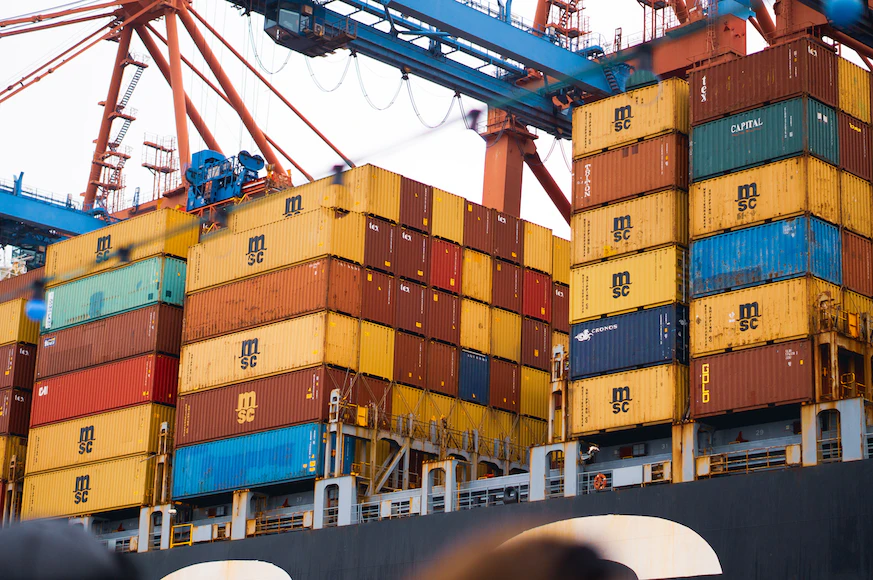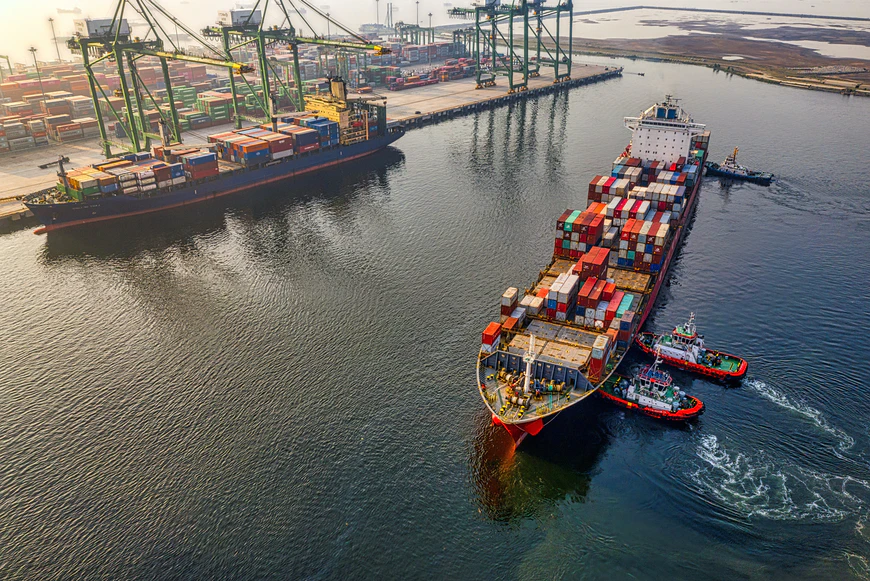Incoterms 2010: What’s the Responsibility of Supplier and Buyer? (Infographic)
Whether you are new in the importing and exporting industry or not, you might have already encountered the term Incoterms in your business. For starters, International Commercial Terms or Incoterms , which the latest edition was released in 2010, is a set of standardized trade terms created and published by International Chamber of Commerce in 1936 to serve as the basis of agreement between the supplier and the buyer that trades internationally.
The latest edition, the Incoterms 2010, contains 11 rules which are divided into two classes: 1. Rules for any mode or modes of transport; and 2. Rules for Sea and Inland Waterway Transport. Both differs in the mode of delivery, but understanding the difference between each rule is critical to know where and when the responsibility of the buyer and the supplier ends.
Detailed below are the duties of buyer and supplier in accordance with the 11 rules in Incoterms 2010.




